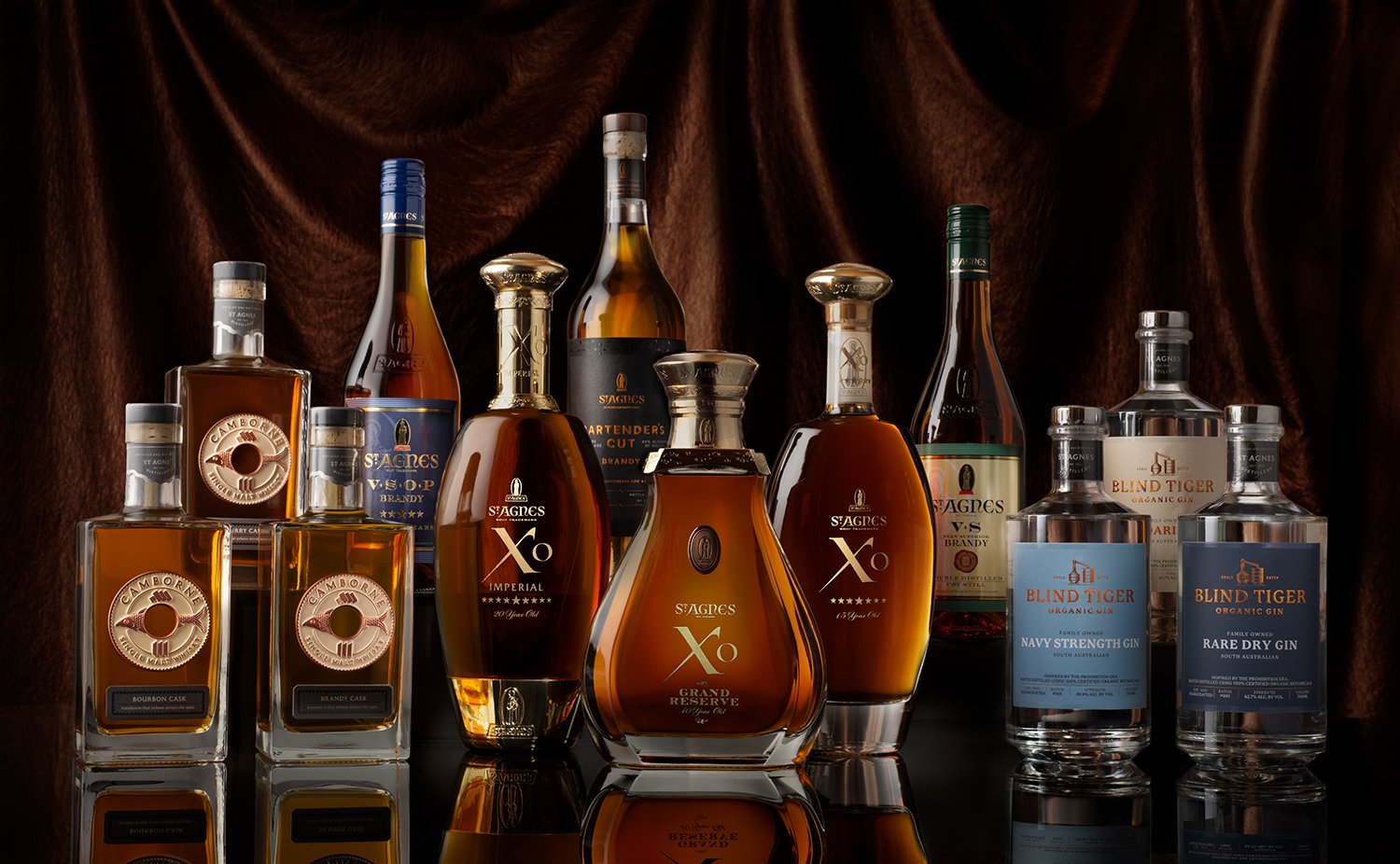The importance of a flagship commercial photograph for a business.
Hero product photography for a business is obviously important. It’s a stand-alone advertising photograph made to consolidate the values and tone of the brand. A strong hero image gets used over and over across all platforms, and because it takes considerable effort to produce, it may be in circulation for years. This targeted commercial photograph should also carry the signature look of the other branding for the business.
The primary objective of a commecial photo of this nature is to act as a beacon. It must be easy to read, so it needs to be simple, interesting and concise. At a glance, anyone who sees this image should be able to identify what the photo is selling. The photograph should be interesting enough to make people want to investigate it for longer. All of the elements in the photograph need to act like honey for your target audience, as this is a photo tailored to their tastes and desires, specifically to grab their attention.
Marketing is the pathway to make your audience want to align with your product. This photo is trying to create aspiration in your target audience, and every time the photograph is used, it’s a chance to communicate the virtues and desirability of the brand with a wider auidience. Part of the planning is to decide what elements, tone and style are required to make a strong impression on the target market. It’s important to know who the photo is aimed at and have some idea of how they will respond to it. The need could be for a dynamic, colourful photo, and for another business it could be a low-key, moody image. There is no overarching formula and this is a photo that shouldn’t have too much in common with the hero photography being used by the direct competition.
The storytelling of big brands is so thorough that people's whole identities become heavily influenced by the brands they consume. Our perception of self and the importance of our image, will have a great deal to do with how large a role branding has in our lives. Not all consumers want to be seen to be leaders, and not all wish to be seen as followers.
The premise is that we are all looking for the safety and comeradery that comes with finding our tribe. As individual consumers, we can advertise our own values through the choice of business we affilate with. We percive that we can benifit through displaying our involvment with that specific company.
With “luxury brands” the message is constructed to optimise quality. The storytelling hinges on a perceived elevation of status for the consumer to align with this brand. Consumers pay a premium to bask in this perseption. With very expensive products, cost creates a barrier to entry that validates the consumer's investment as a display of status.
Lower-cost brands use messaging targeted at inclusion. Consumables like fast food, beer and branded clothes are marketed to act as social proof of attitude and signifies belonging within a particular demographic.
To get this messaging acurate in a single photograph can be quite a task. As a case study, my approach to this hero photograph for Angove Family Wines was to focus on quality and mood. The tone is elegance, opulence and exclusivity. This is an expensive product in this sector. The bottles themselves are elegant objects and the headlining brandies are up to 40 years old.
I used a highly polished table and the draping suede background as the key props to illustrate this. These two elements speak of an immaculate and considered interior space, created to house important objects. The soft light is the glue that ties all of the elements together.
The lighting was my primary concern and the most time-consuming aspect of this photograph. It's the quality of light that suggests nighttime and the bottles themselves are then specifically illuminated within the space. An important part of the story was that the bottles were a group but the complexity of lighting a collection of bottles is ten-fold that of shooting a single bottle and dropping it in. I tailored the lighting for each bottle and built the final image from sections of many exposures.


